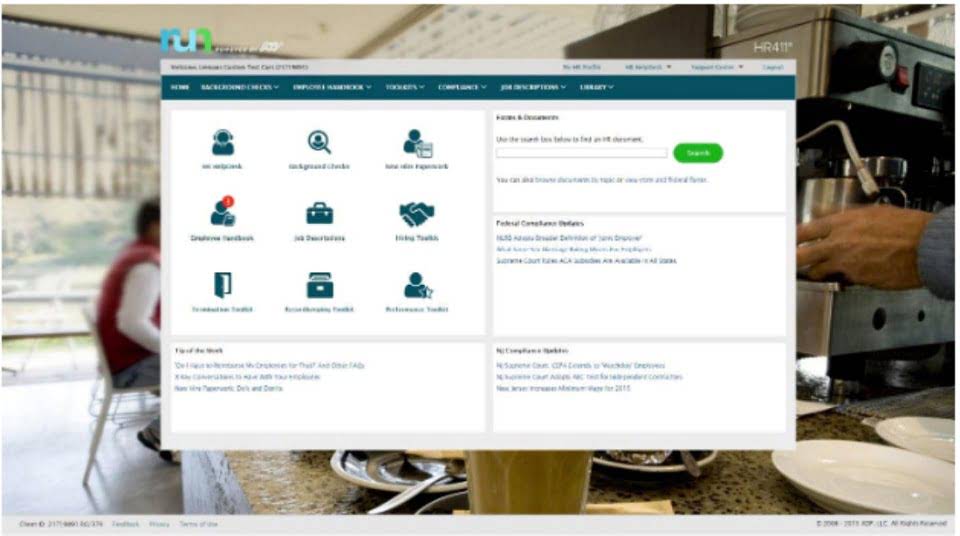
It might also imply that the credit policy is tougher and the payment schedule is shorter. A shorter operating cycle is better since it indicates that the business has sufficient cash on hand to fund operations, recoup expenditures, and fulfil other commitments. A smart technique to assess a company’s financial health is to follow an operational cycle over time. Additionally, the company can use it to assess how effectively and efficiently processes are carried out. Even though a firm’s operating cycle depends on the market, understanding it is helpful when comparing it to other businesses in a similar sector.
CFI is on a mission to enable anyone to be a great financial analyst and have a great career path. In order to help you advance your career, CFI has compiled many resources to assist you along the path.

The price of things like inventories, non-selling expenditures (i.e., basic administration), payroll waste, etc., can reduce, thanks to organisational effectiveness. This indicates that more cash is available for maximising investors’ value or corporate reinvestment. Businesses benefit from successful operational processes by increasing their working capital, which favours other areas of their operations. The net operating cycle and the operational cycle are the terms that usually confuse us. The net operating cycle is the money conversion cycle or cash cycle that shows how long it takes a business to earn operating cycle money from the sales of stock.
The Operating Cycle tracks the number of days between the initial date of inventory purchase and the receipt of cash payment from customer credit purchases. HighRadius stands out as an IDC MarketScape Leader for AR Automation Software, serving both large and midsized businesses. The IDC report highlights HighRadius’ integration of machine learning across its AR products, enhancing payment matching, credit management, and cash forecasting capabilities. The life cycle costing estimates help decision-making where a mutually exclusive option is available. Also, the management can plan to reduce the item’s overall cost through the extension of useful life, efficient utilization, or other similar cost rationalization measures. On the other hand, the company’s working capital management for inventory and payables seems reasonable.

In other word, it is the period of time which elapses between the points at which cash begins to be expended on the production of a product and the collection of cash from its customer. Thus, it takes into account the time it takes for the Catch Up Bookkeeping business to pay its payables for the goods purchased and the time it takes for its customers to pay for the goods they have purchased. Managing Accounts payable effectively is a crucial aspect of optimizing the operating cycle for businesses. It involves the systematic management of the money owed by a company to its suppliers or vendors for goods and services received.

We reached out to industry experts to gather their insights on how businesses can effectively manage their operating cycles. Assume that BrightStar Tech has an inventory turnover period of 60 days, an accounts receivable period of 45 days, and an accounts payable period of 30 days. In the realm of business finance, understanding the concept of the operating cycle is not just about processing a formula; it’s about comprehending a company’s efficiency, liquidity, and overall financial health.

The working capital cycle matters because the change in net working capital (NWC) impacts a company’s free cash flow (FCF) profile and liquidity. The working capital cycle monitors the operational efficiency and near-term liquidity risk of a given company. If the current ratio falls below 1 this may indicate problems in meeting obligations as they fall due. Even if the current ratio is above 1 this does not guarantee liquidity, particularly if inventory is slow moving. On the other hand a very high current ratio is not to be encouraged as it may indicate inefficient use of resources (for example, excessive cash balances). Work in process conversion period is the average time taken to complete the semi-finished work or work in process.

It is, in other terms, the time it takes for a business to convert fixed assets its stocks into money. Knowledge of a firm’s operating cycle could assist in establishing its financial condition by providing a sense of whether or not it will be capable of paying off any creditors. For instance, a company will get payments at a consistent pace if its operational cycle is shorter. The quicker a business makes money, the more capable it will be of paying off any obligations due or growing as necessary.